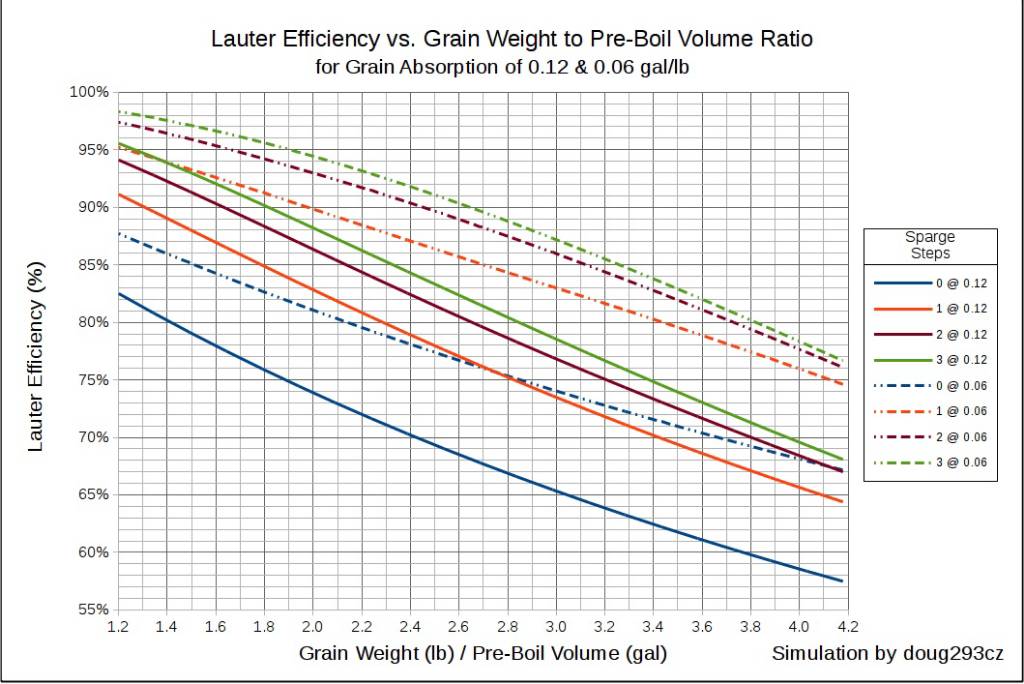Soooo.....I'll admit I'm new to the brew scene. I've done pale ale and smash beers just fine but I just cant seem to get a handle on these darker stouts and porters. I brew 3 gallon BIAB and just cant seem to hit the recipes OG for nothing. Current recipe I'm trying to work with is
6.5# 2 row
.5# Brown
.5# Chocolate
.3# crystal 90
90 min mash @152
10 min mash out @ 170
OG is SUPPOSED to be around 1.060 HOWEVER the best I can seem to get is around 1.032. All the grains were crushed at my LHBS (as they all are). I havent had any issues until I started to add the roasted/ darker grains into the mix. I've never had issues hitting my OG when brewing Belgian blonds/pale ales/SMaSH/etc. only with the darker stuff. Is there something I'm missing here? I boiled the wort down a little more to get the OG closer to where I wanted it to be but I'll end up loosing about a 1/2 gallon. Not a big deal but it is slightly annoying.
6.5# 2 row
.5# Brown
.5# Chocolate
.3# crystal 90
90 min mash @152
10 min mash out @ 170
OG is SUPPOSED to be around 1.060 HOWEVER the best I can seem to get is around 1.032. All the grains were crushed at my LHBS (as they all are). I havent had any issues until I started to add the roasted/ darker grains into the mix. I've never had issues hitting my OG when brewing Belgian blonds/pale ales/SMaSH/etc. only with the darker stuff. Is there something I'm missing here? I boiled the wort down a little more to get the OG closer to where I wanted it to be but I'll end up loosing about a 1/2 gallon. Not a big deal but it is slightly annoying.


